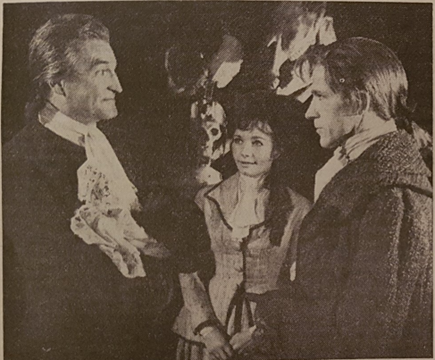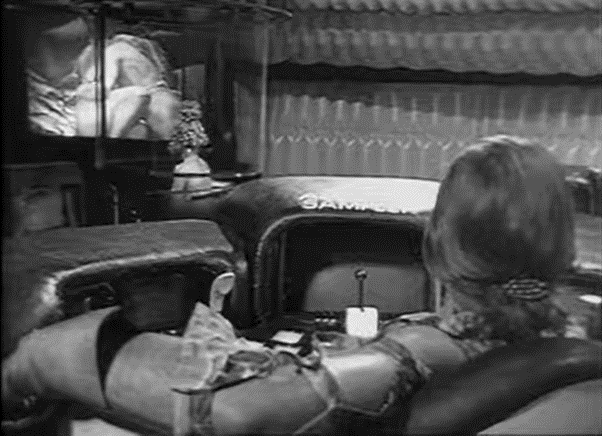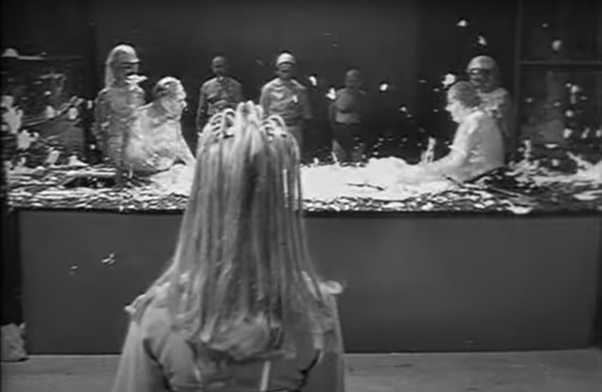
by Mx. Kris Vyas-Myall
The Cassiopeia Affair by Chloe Zerwick & Harrison Brown

In Redo Valley, Virginia, a radiotelescope complex in the late 20th century hunts for extra-terrestrial intelligence. One night Max Gaby detects a signal coming from Cassiopeia 3579. Inside there is a two-dimensional picture being sent out via binary.

This provides proof of an alien intelligence.
At the same time, conflict is brewing between Russia and China, one that could plunge the world into nuclear war. Is this evidence of intelligent life among the stars the greatest hope we have for peace?
Yes, this is yet another story of Radio Astronomy. These are now becoming as regular in science fiction as space adventures and superhuman mutants, but this stands out as a wonderful example. I believe this is the first fiction from the pair, with Zerwick being primarily a visual artist and Brown being a scientist. Together they have created something masterful.
Although much of the novel is taken up by discussions of scientific theories or information on how to programme radio telescopes, it is raised up by excellent writing and a real understanding of character. Whilst Judith Merrill criticised it for being dull, I never found it so. It was a book I was dying to pick up whenever I got the opportunity. It is a testament to the authors that it never felt dry.
Regarding the characters, it is a huge cast, but one where they all feel considered and with depth, not merely props for discussion. These include Max Gaby as the wide-eyed believer, Barney Davidson the grouchy cynic, Rudolph Calder the Machiavellian hawk and Adam Lurie the disillusioned drunk who is secretly sleeping with Gaby’s wife.
Throughout there are little moments that make it feel real, such as Gaby calling Adam up at 4 am about a possible sighting and Adam grumpily insisting on having his shower and coffee first, or when someone tries to bribe Davidson and he threatens to kill him.
The characters are not perfect either, we regularly change perspective and sometimes see that they are downright unpleasant. But it is made clear we are not meant to sympathise with everyone’s point of view, rather to gain an insight into their motivations.
It also tries to consider the politics of the situation carefully. It demonstrates how different factions will react and what they will want to do with this information. A particularly interesting, if depressing, touch is that the hawks on both sides of the Iron Curtain distrust Gaby as he is a refugee from Hungary in 1956. This element gives it both a sense of excitement and verisimilitude that is often missing from these heavier works.
These kinds of harder science fiction stories are not usually the ones that appeal to me. However, I was enthralled. It may be even more enjoyed by fans of Clarke and Niven and I would not be surprised to see it on the Hugo ballot next year.
Five Stars

by Victoria Silverwolf
Assignment in Nowhere, by Keith Laumer

Cover art by Richard Powers.
This is the third in a series of novels dealing with alternate universes. The first was Worlds of the Imperium. The Noble Editor gave it a moderately positive review.
Next came The Other Side of Time. I thought it was pretty decent, if not outstanding.
Both books featured a fellow named Brion Bayard, a man from our own universe who went on to be an agent for the Imperium, a British/German empire that dominates another version of Earth.
Bayard plays a small but important role in this new novel, but the main character is a man named Johnny Curlon. He's also the narrator. Let's say hello to him.
Johnny is a big, strong guy who lives in Florida and runs a fishing boat. The story starts off with some tough hoods trying to intimidate him, but he deals with them easily. At this point, I thought I was reading one of John D. MacDonald's Florida-based suspense novels, particularly those featuring Travis McGee, a big, strong guy who owns a houseboat.
(If you haven't read them, give 'em a try. They're really good.)
Anyway, we find out this is a science fiction novel when Johnny gets rescued from his floundering boat, which the bad guys have sabotaged, by our old pal Brion. He carries Johnny around in a vehicle that can not only travel between universes, but is able to pass through solid matter and become invisible. Mighty handy little gizmo.
Naturally, Johnny is confused by all this. It seems that he's the key to preventing lots of universes from being wiped out by something called the Blight (capital letter and all.) There are antagonists eager to use Johnny for their own purposes.
At this point, Johnny's knife, which is actually part of an ancient sword handed down to him by his ancestors, gets reunited with another part of the ancient weapon. That's our first hint that this SF novel is going to seem a lot like a fantasy adventure.
Johnny winds up working with a fellow who is very obviously the main bad guy. (Obvious to the reader, anyway, although it's quite a while until Johnny catches on.) They travel to a universe whose only human inhabitant is a stunningly beautiful woman, straight out of a sword-and-sorcery story. She even has a pet griffin, and there's a giant around.
(This middle section of the book reminds me of Robert A. Heinlein's novel Glory Road. That was science fiction disguised as fantasy. This one is fantasy disguised as science fiction, to some degree.)
After leaving that magical place with another piece of the sword, the villain takes Johnny to the universe he wants to rule. It's a place where Richard Lionheart didn't die in battle, but lived to be a weak ruler. He wound up surrendering his kingdom to the French, so France is still in control of England, which is called New Normandy.
(Brion already told Johnny that he was the last descendent of the Plantagenets, so it all ties together, sort of.)
The bad guy's plan would come at the cost of destroying a bunch of universes. (You can't make an omelet without breaking eggs, I guess.) Can our hero set things right? (Go ahead, take a guess.)
In typical Laumer fashion, this is an action-packed yarn that moves at a dizzying pace. It's not as tightly plotted as some, and I'd say it's the weakest book in the Imperium series. The middle section — you know, all that fantasy stuff — seems to come from another novel entirely. There's a lot of pseudoscientific blather trying to explain what's going on, and none of it makes any sense.
Two stars.

by Gideon Marcus

Cover by Leo and Diane Dillon
Nine years ago John Breton nearly lost his wife. Now, a decade later, he and Kate are drifting apart, their knives out at every opportunity, their marriage a fast cooling ember. John has thrown himself bodily into his geological consulting business, and his wife has picked a hobby John has no interest in, befriending Miriam Palfrey, an automatic writer. At a typical crashingly dull dinner party with the Palfreys, characterized by endless sniping, John decides only profound drunkenness will get him through the night.
Whereupon he receives a call:
"You've been living with my wife for almost exactly nine years–and I'm coming to take her back."
Because nine years ago, Kate had died. Two years into their marriage, a stupid fight had compelled Kate's husband to stay home, while she trooped through the night, headed for a party she would never attend, intercepted by a brutal rapist and killer.
John, calling himself Jack at the time, was devastated, wracked with guilt. More than this: he began to be unhinged from time, taking trips weekly to the scene of the crime. Jack resolved to stop Kate's murder, even if it meant rending the very fabric of space and causality.
Two timelines were created: Timeline A, in which Jack led a lonely, monomaniacal life, and Timeline B, in which a sleek and unappreciative John enjoyed his misbegotten wife, the fruits of the labor of his alter ego.
Thus, Jack hatched a plan–move sideways to Timeline B…and fill John's shoes, whether he liked it or not.
But the law of conservation of energy is a hard fact, in the multiverse as well as the universe. Jack Breton's actions threaten not only the rocky relationship of Kate and John, but also the whole of humanity.
According to the book's blurb, this is Shaw's third book, but the first to achieve wide distribution. I don't know what his first book was, but I read his second, Night Walk last year. Between that and his short stories, it was clear Shaw was a gifted author just waiting to grow out of his adolescence.
With The Two-Timers, he has done so.
I picked the book up just before bed and had to force myself to put it down. Eight hours later, it was in my hands again, and it did not leave until I'd finished the story come lunchtime (it was a welcome companion as I waited in the courthouse for a jury duty that never materialized).
The characters are vividly, deeply realized, all of them evolving throughout the story. We initially hate John and sympathize with Jack, but neither of the Bretons is wholly irredeemanble, nor sympathetic. And Kate is no prize to be won; she is an independent entity with her own virtues, failings, and feelings. Shaw reminds me a bit of Larry Niven, drawing people with quick, deft strokes. But Shaw has a sensitive style, working more with emotions than hard science. It's the people that matter in this piece; the SFnal content is exciting, necessary, but secondary.
The pacing in the book is exquisite, from the painful depiction of a marriage gone sour at the beginning, to the arrival of Jack, through the resolution of the resulting triangle. The interspersed scenes of the slow collapse of the physical universe around them are deftly handled, as is the closing in of Lieutenant Blaize Convery, the detective who knows Breton saved his wife nine years ago; he just can't figure out how.
As Lorelei (who picked up the book on my recommendation and tore through it in short order) notes, aside from the poetic writing, the real triumph of the book is that you get so many viewpoint characters, and so many changing perspectives on these characters, and none of it is confusing. It's just masterfully done.
It's a hard book to read in parts. The emotions here are fraught ones, and there are some rather unpleasant (though never gratuitous) scenes. Nevertheless, these are emotions that must be explored, and thankfully, the mystery and the brilliant writing carry you past them, as well as the satisfying resolution of the threesome's story. My only quibble is that the end doesn't quite work, logistically, though it makes sense thematically. And as Lorelei notes, it's a touch rushed.
Nevertheless, The Two-Timers is a terrific work, definitely a strong contender for my Hugo ballot next year.
4.5 stars.

We Americans love a good revolution story. After all, our nation was founded by a rebellion, and the appeal of an underdog throwing off an oppressor has been popular since David threw a rock at Goliath.
C.C. MacApp takes a stab at the theme with his latest book, Omha Abides, a tale of the 35th Century. 1500 years before, the Gaddyl had conquered the Earth. The amphibian aliens did not succeed without a fight, but their advanced technology, particularly their craft-shielding Distorters, proved decisive. Human civilization was shattered, the population reduced to a bare fraction, many of them condemned to slavery. Meanwhile, the Gaddyl build their own fiefdoms amidst the ruins of the human cities and built an interstellar teleport transit hub in Arizona.
Now Earth is a hunting preserve, humanity largely quiescent. The North American continent is home to just 25 million people…and half a million overlord Gaddyl. The humans who are not slaves roam in bands or live in primitive statelets. They have no hope of taking back the planet, until a series of events precipitously brings success in their reach.
Our hero is Murno, a freed man who lives with his family in Fief Bay, once known as San Francisco. A new, cruel lord has ascended to the fief throne, and he has decided that no longer shall free humans be off limits to hunting parties.
At the same time, Murno is contacted by the underground. He is entrusted with three items, two of them Gaddyl, and one of ancient human make, which he is tasked to take east, beyond the Sierras, beyond the mysterious Grove, even past the mighty Rockies, to where the mythical deity named "Omha" waits.
If you had a subscription to the recently defunct magazine, Worlds of Tomorrow, you may have read about half of this book. Victoria Silverwolf reviewed Under the Gaddyl Tree, which comprises about the first third of the book, and Trees Like Torches, which contains bits from the middle. Victoria gave both stories three stars and felt they were competent, but nothing special.
Often, the expansion of stories into a novel results in something less than the sum of its parts. The opposite occurs in this case. Now, instead of just being isolated, mildly interesting adventure stories, now Murno's encounters with Gaddyl, blue mutant humans, a giant grove of telepathic trees, and so on, gird a compelling plot. Humanity shouldn't have a chance against the Gaddyl. But neither should an electron, per classical physics, be able to jump energy levels. But thanks to quantum physics and the Uncertainty Principle, given a short enough period of time, an electron can possess abnormal amounts of energy.
Similarly, a confluence of circumstances makes for a successful rebellion opportunity. Because humanity had been waiting for its chance. The telepathic Blues had spies in pivotal places. There was an underground poised for action. There really is an Omha (and you can guess what its nature is early on, which will also clue you in on how to pronounce the word).
Add the trigger of the Gaddyl getting a bit too complacent and a bit too cruel, as well as the theft of some vital technologies, and a human victory becomes plausible.
The pacing of the book is a little off. Much of the human victory isn't even detailed until the last 25 pages of the book (though it turns out that's not really too short a span; MacApp pulls it off). Also, much reference is made to Murno baffling his alien pursuers with "trail puzzles", a phrase with which I'm not familiar, and whose meaning I still don't apprehend. Occasionally, the story does lapse into conventional adventure fare–more like a tale of the American West than the American future.
But, it's a book with real cinematic quality to it; the scenes in California were particularly resonant for me, a Golden State native. The Gaddyl are portrayed perhaps a touch too human, but I appreciated the range of types, from scoundrel to honorable enemy. And as an American, I suppose I've got as much a soft spot for overthrowing tyranny as anyone.
Four stars.

by Mx. Blue Cathey-Thiele
Last year's pairing of E.C Tubb and Juanita Coulson's has gotten an encore. In fact, both novels are sequels. My esteemed colleague and editor had favorable reviews of both, so I was excited to read them:
Ace Double H-77
Derai, by E. C. Tubb

Earl Dumarest, the itinerant interstellar provocateur and do-gooder from The Winds of Gath returns in Derai, hunting news of Earth. On his way he takes a job escorting the Lady Derai of the House of Caldor back to her family on the planet Hive. He soon determines that Derai is a telepath. Her father sent her to the college of Cyclans to treat the constant fear and nightmares brought on by hearing the minds of those around her. Derai ran away from the college, where Cybers (once-humans with emotion and sensation excised who now can connect to a collective mind) wanted to use her genetics, turning her into a mindless vessel to bear telepathic children. Her home planet has its own risks – her uncle wants to take over the House, planning to assassinate her father and half-brother, and marry Derai to her cousin to gain legitimacy.
Dumarest keeps much of his thoughts to himself, both from the other characters and the reader, but cannot keep his developing feelings for Derai from her telepathic ability. He carries himself as a man who has seen too much. He inspires loyalty, and in those he has helped that is understandable, but it also comes from some who have only just met him. One man he meets through a mutual friend takes the chance of being burned to death to get a blade to Dumarest in a deadly maze arena.
Dumarest almost seems to resist the plot, needing to be pushed into each new quest. At times, his struggle as a character made him feel like a disparate individual, one side grim and withdrawn, another altruistic at great cost to himself; it's as if author Tubbs had two distinct directions for the novel in mind, and was unable to find the balance between them. Dumarest's staid demeanor only allows him to rebuff so much, and he is, if reluctantly, still prompted to aid disenfranchised travelers, save a gambler from himself, and compete in a tournament to prolong the head of Caldor House's life. Each time he intends to leave the House to its own devices, his feelings for Derai bring him back.
Tubb has a lurid, graphic style of description. It's equally evocative of beauty and violence. In a particularly unsettling set of scenes, Dumarest barely escapes being eaten alive like his companions by bird-sized bees. For how memorable the depictions of the insects were, I anticipated them playing a larger role in the overall story. The scenes stuck with me for several days due to the excessively grisly details.
Something else that ate at my brain: thanks to medical advancements and travel stasis Dumarest and Derai are chronologically far older than they seem, but Derai was described as childlike far too often for my liking. Tubb could have left it at one use of "nubile".
3 stars
The Singing Stones, by Juanita Coulson

Geoff is a member of the Federation, the galactic government introduced in Coulson's Crisis on Cheiron. He embarks on what could be a suicide mission to the protectorate of Deliayan, Pa-Lüna. Both humans and Deliyans have been exploiting the people of Pa-Lüna, tricking them into indentured servitude. When a man is murdered right in front of him over a stone, Geoff investigates, finding the stone in question has strange, enchanting properties. He and Tahn, a Pa-Lünan, set out for the protectorate, and they meet Nedra, priestess of a mysterious goddess.
From the outset, he is on a clock: a past planetary mission left his team dead, and him with the lingering impacts from a past poisoning that flares, causing him pain and debilitating him with growing frequency. The nature of his sense of duty and outlook, framed by his limited lifespan, is compelling.
Geoff is a skeptic, both of motive and means. He views the people of Pa-Lüna with a mix of respect and condescension, but Geoff witnesses the tangible effects of the stones of song. They induce a euphoria and they, or their "goddess", can heal the sick and injured and strengthen her followers over time. Does the Goddess bestow gifts freely or are her worshipers trading one form of servitude for another, framed in a softer light? Are the powers of the Stones and the goddess's telepathic messages divine or an advanced, but still mortal mechanism?
I appreciated the exploration of what is becoming a new trend in sci-fi–rejecting overt military intrusions and favoring a system that furthers a newly-contacted culture's sovereignty. It's not a bad direction to go, though authors vary in degrees of patronizing the native people of these worlds, from treating them roughly as equals to regarding them as "primitive" beings who need protecting. And it does say something that it takes someone from outside the system to truly put things in motion, no matter how long change has been brewing. Having the fight be against not just an alien threat but also a human, institutional threat asks if human expansion is truly helping, needs tempering, or if it is causing more harm in the end.
All in all, a solid book. Had I not recently read several other books with a similar premise I would have liked it even more. However, I can't fault Coulson for the trends of this year. She created a rich tapestry and I would be happy to explore her worlds and characters in future stories.
4.5 stars

![[August 24, 1968] Here, There, and Nowhere (August 1968 Galactoscope)](https://galacticjourney.org/wp-content/uploads/2023/08/680824galactoscope-672x372.jpg)

![[August 22, 1968] Vive de Gaul– Asterix the Gaul Movie](https://galacticjourney.org/wp-content/uploads/2023/08/H0472-L230456154-672x372.jpeg)

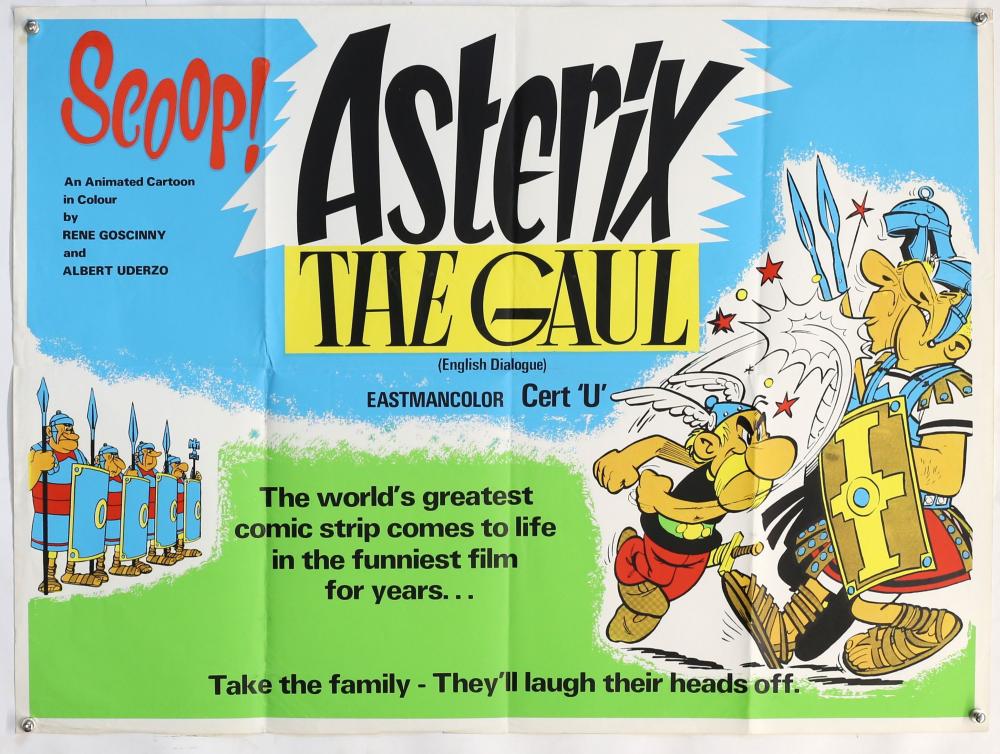

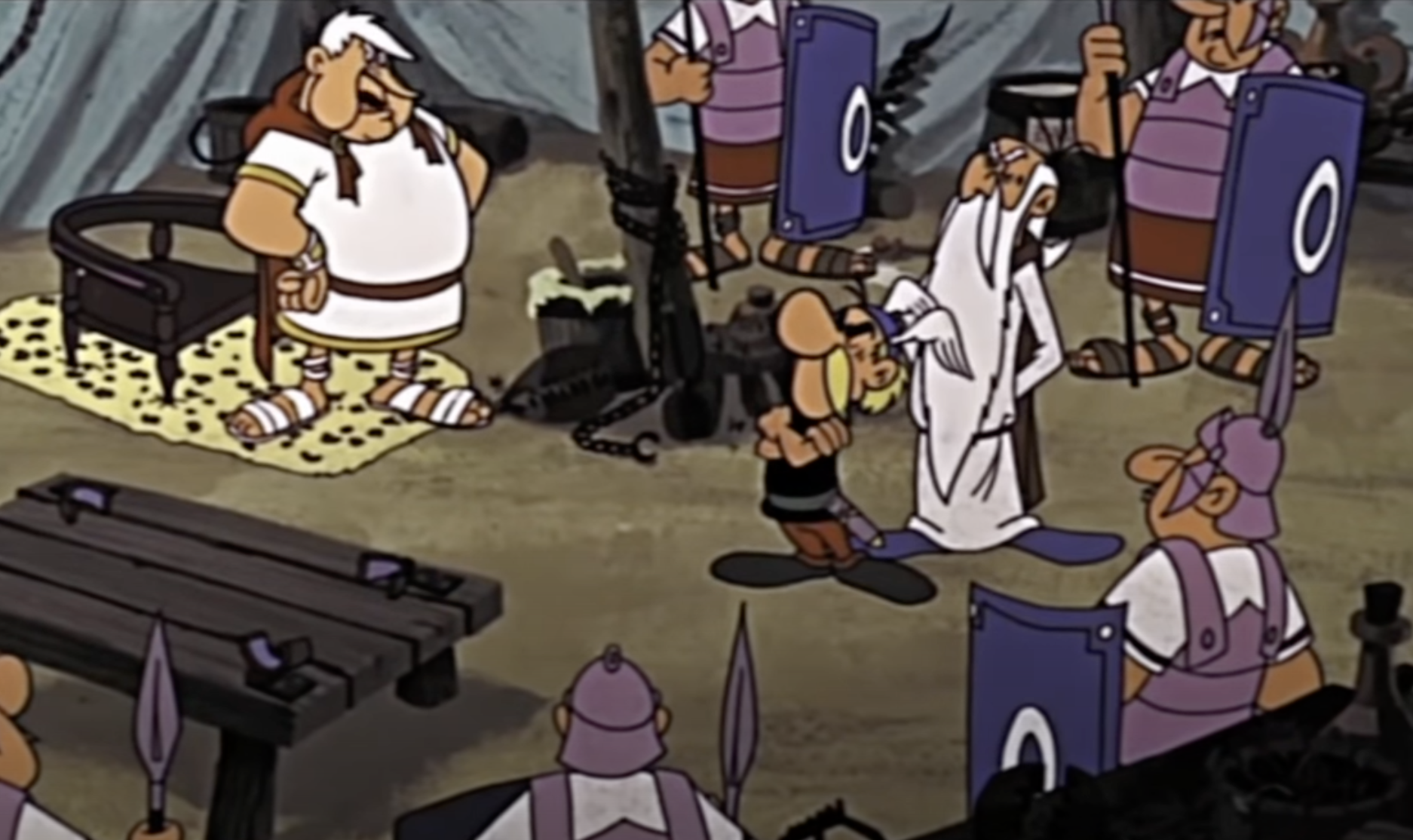
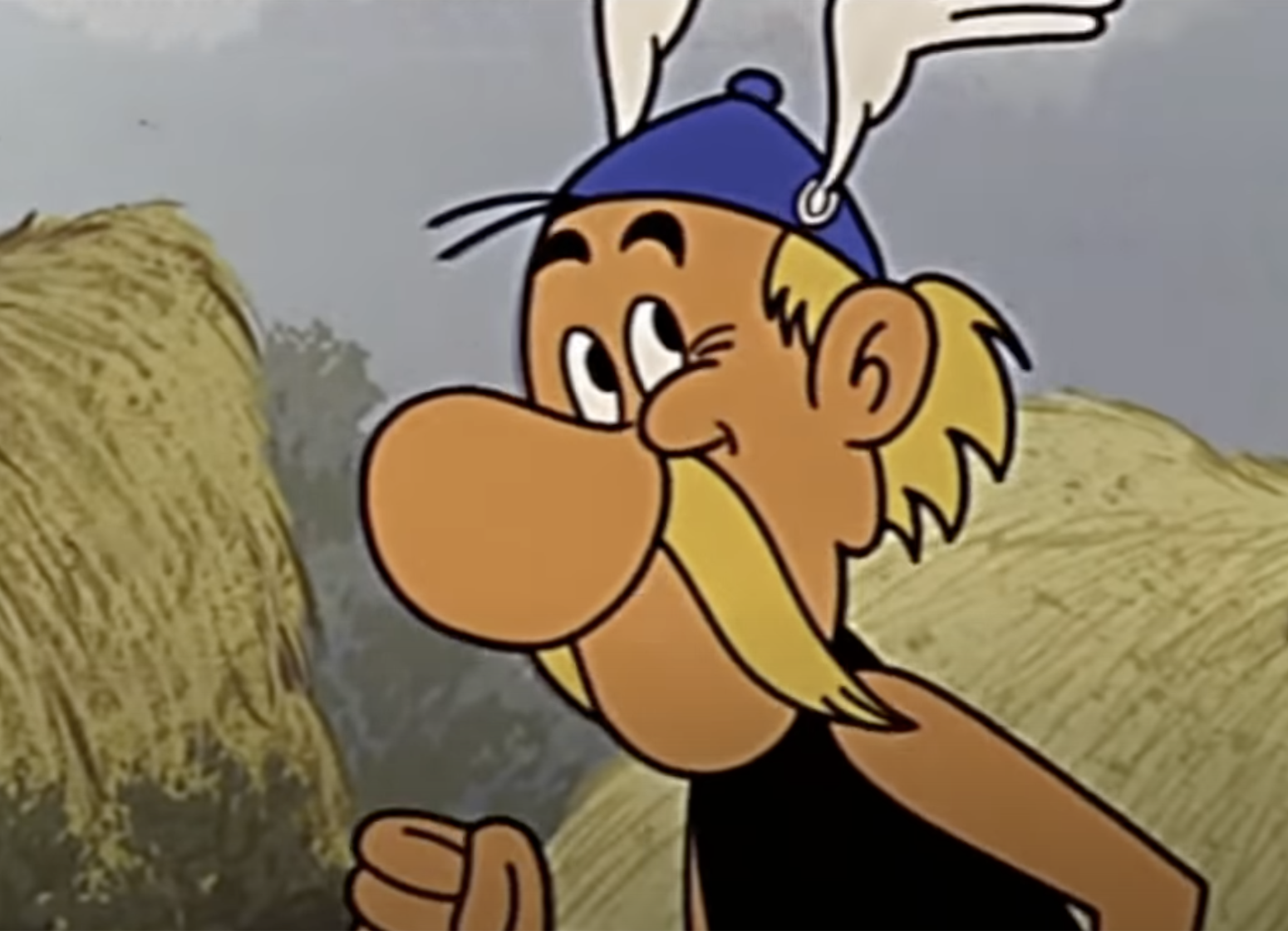
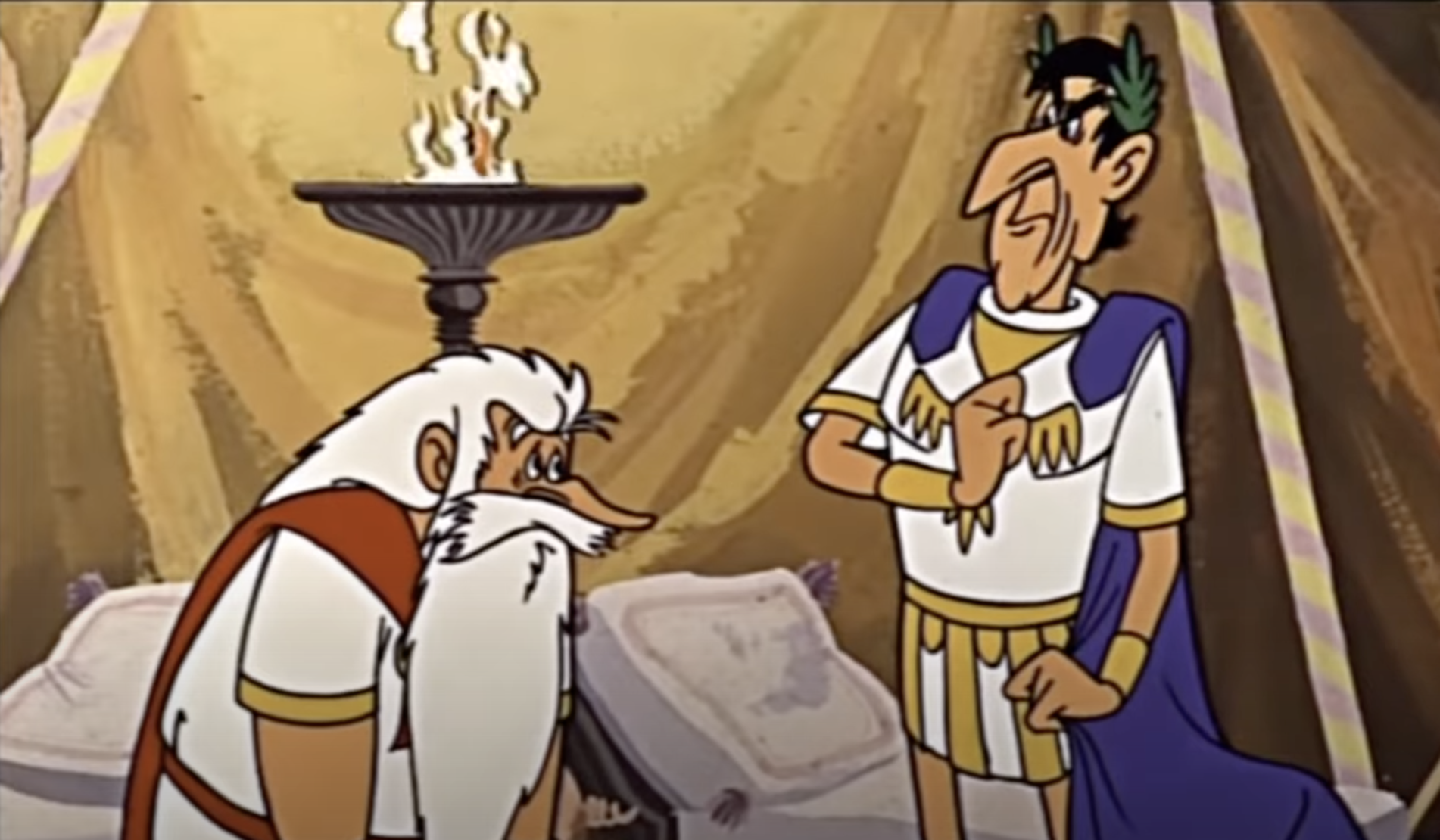

![[August 20, 1968] A tale of two issues (September 1968 <i>Fantasy and Science Fiction</i>)](https://galacticjourney.org/wp-content/uploads/2023/08/680820cover-659x372.jpg)



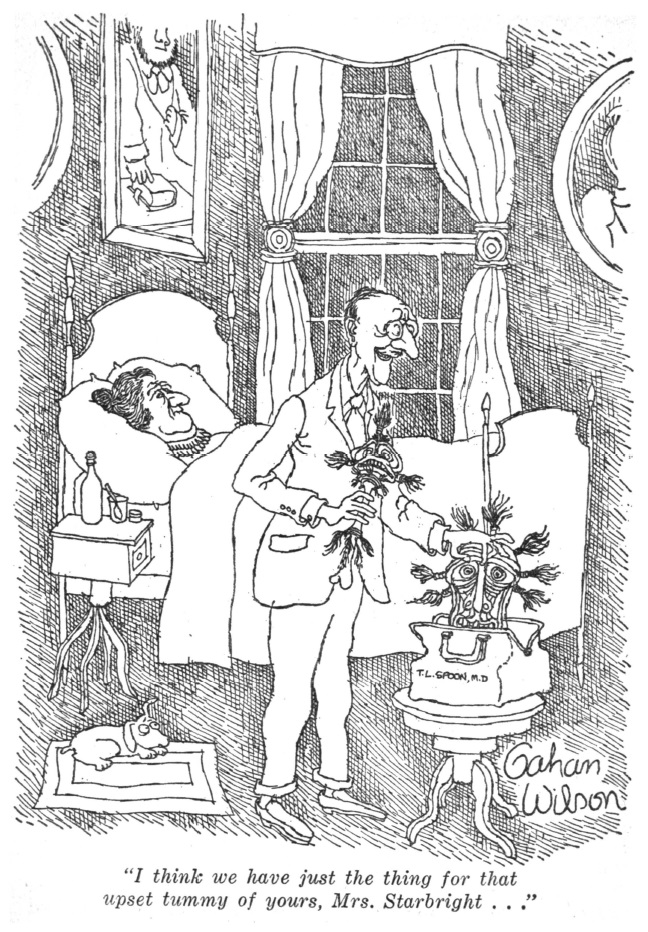
![[August 18, 1968] The Horror is Real (<i>Targets</i>)](https://galacticjourney.org/wp-content/uploads/2023/08/680818targets-500x372.jpg)



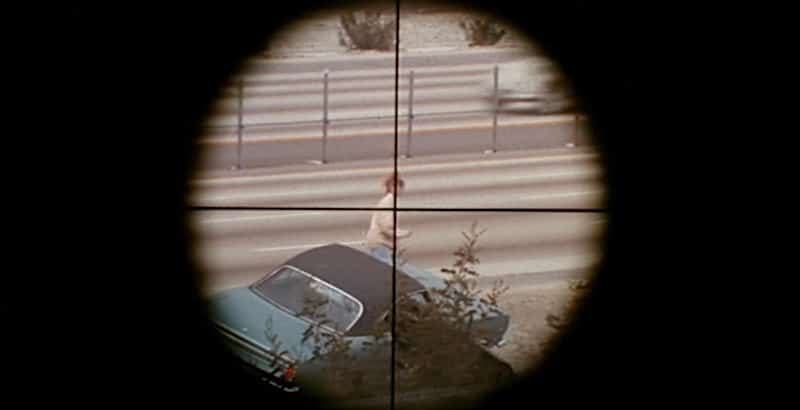
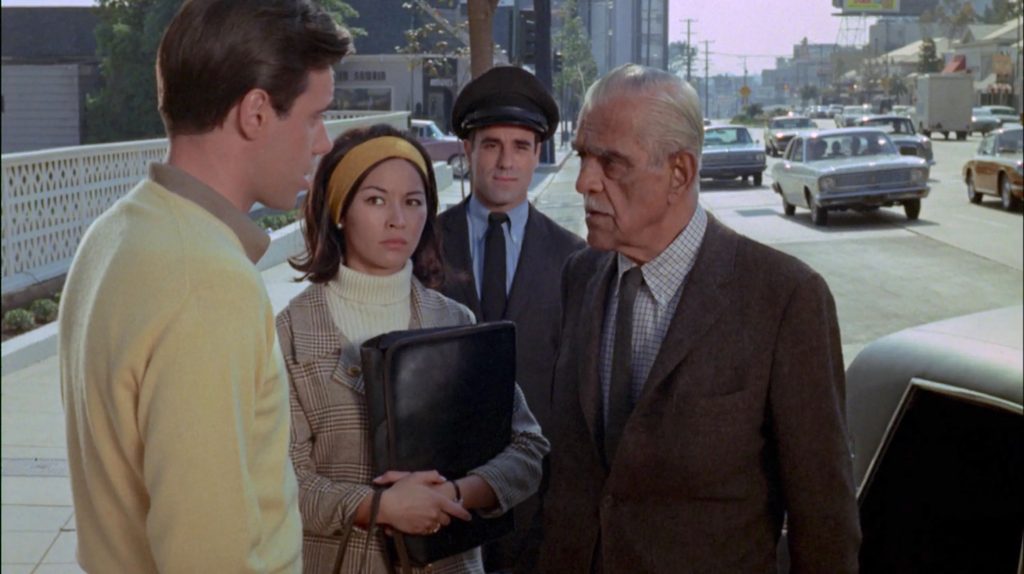


![[August 14, 1968] The World, the Flesh and Charles Gray (the horror movies <i>Torture Garden</i> and <i>The Devil Rides Out</i>)](https://galacticjourney.org/wp-content/uploads/2023/08/680814posters-1-672x372.jpg)

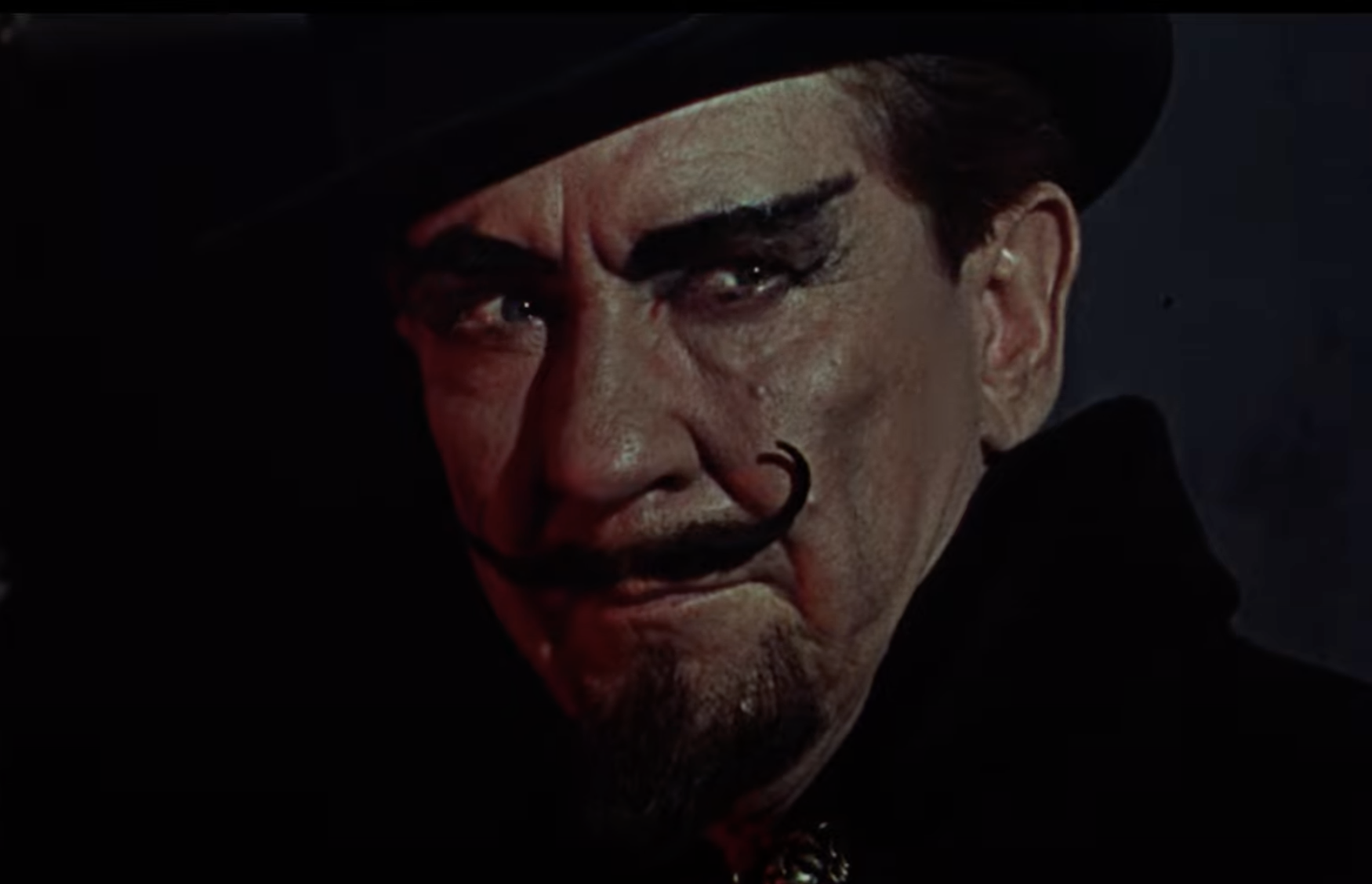
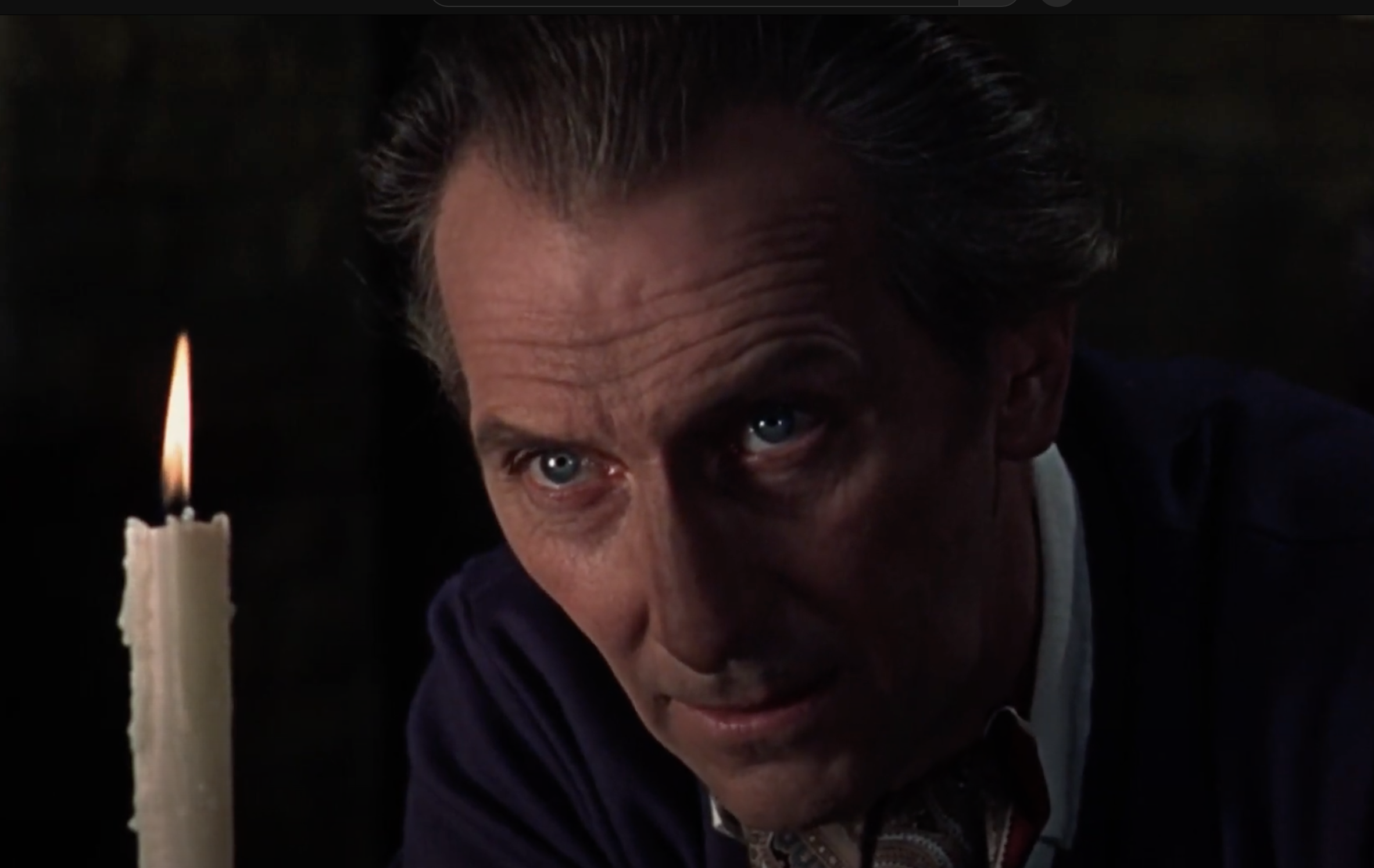



![[August 12, 1968] <i>Galaxy's the One</i>? (the September 1968 <i>Galaxy</i>)](https://galacticjourney.org/wp-content/uploads/2023/08/680812cover-1-scaled.jpg)













![[August 10, 1968] First Trans-Oceanic Fan Fund Brings Fandom Together](https://galacticjourney.org/wp-content/uploads/2023/08/680810shibano2-672x372.jpg)

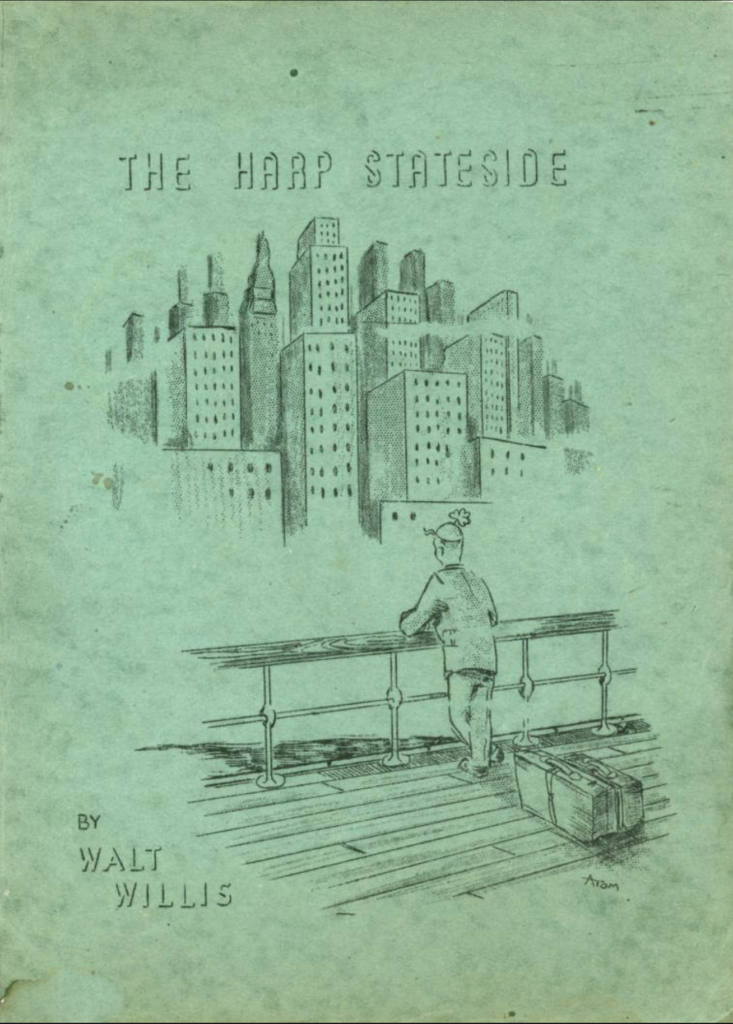

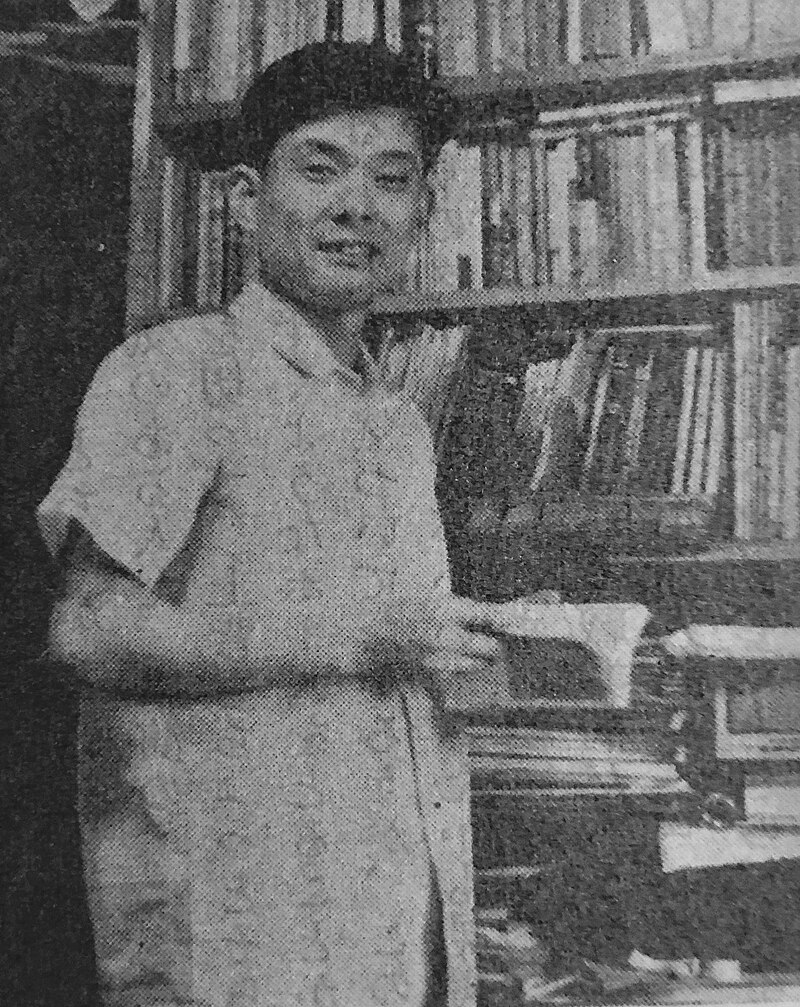


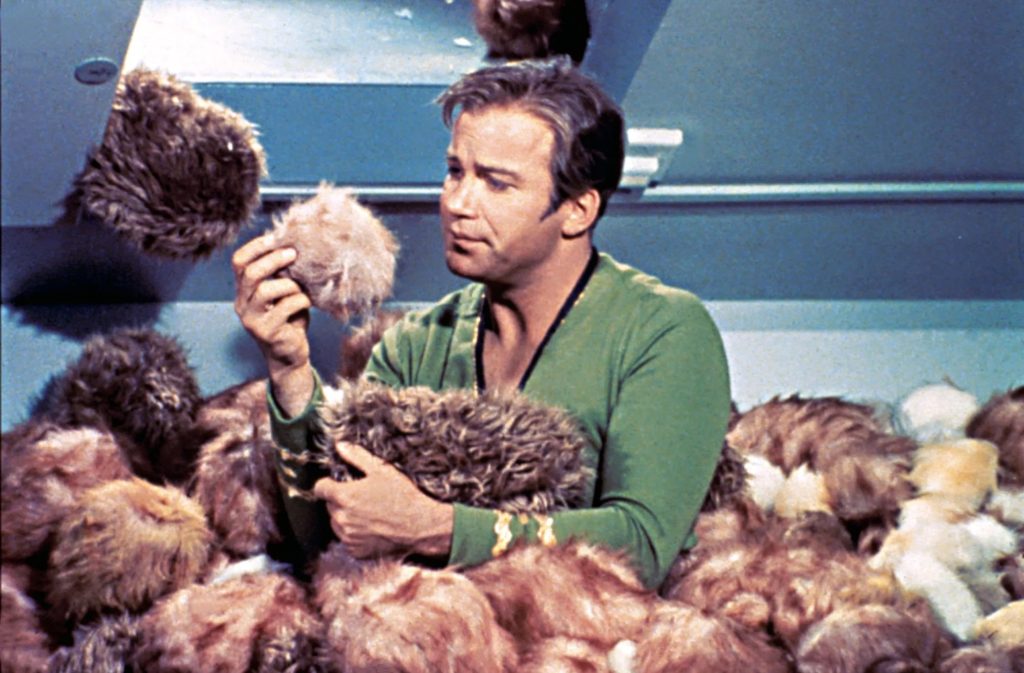
![[August 8, 1968] The Little Witch Girl and The Little Ghost Boy (<i>Mahoutsukai Sally</i> and <i>GeGeGe no Kitaro</i>)](https://galacticjourney.org/wp-content/uploads/2023/08/680808sally2-672x372.jpg)


![[August 6, 1968] Treading Water (September 1968 <i>Amazing</i>)](https://galacticjourney.org/wp-content/uploads/2023/08/amz-0968-cover-490x372.png)



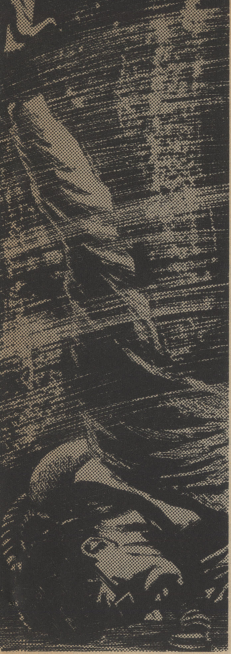
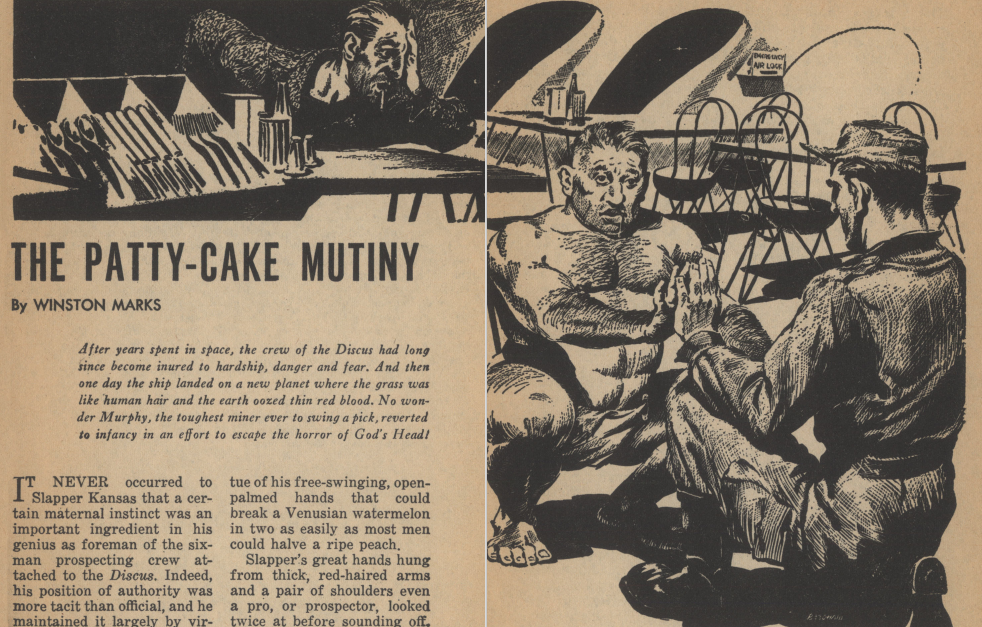
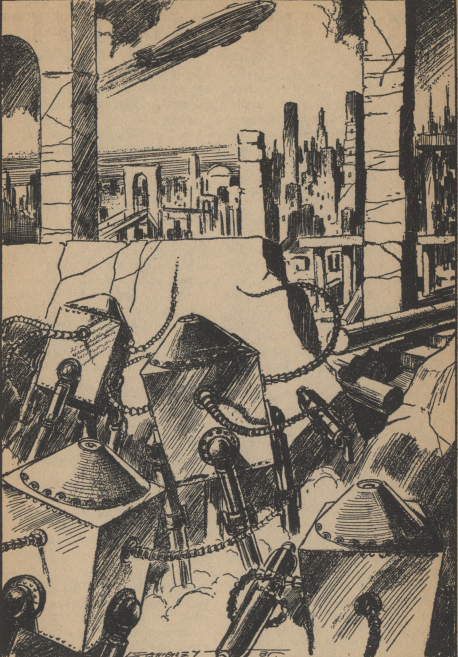
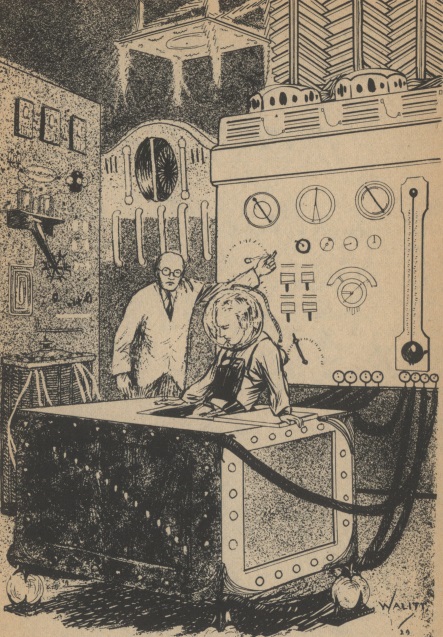
![[August 4, 1968] Changing Tastes (<i>The Year of the Sex Olympics</i>)](https://galacticjourney.org/wp-content/uploads/2023/07/Olympics6.png)




